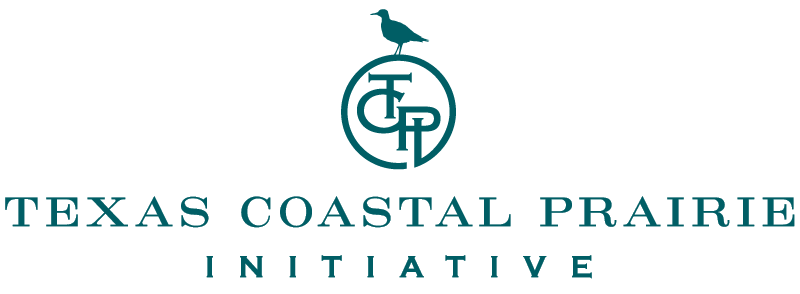
Saving Prairie
Conservation is critical to protect the habitat of the whooping crane, Attwater’s prairie chicken, aplomado falcon, mottled duck, Sprague’s pipit, American goldenplover, upland sandpiper, loggerhead shrike, monarch butterfly, western chicken turtle, and a multitude of other birds, pollinators, aquatic and terrestrial species that rely on the grasslands and wetlands of the coastal prairie.
Coastal prairies once covered ~9 million acres of the Texas and Louisiana landscape, but it is estimated that less than 1% remains with another 15-20% in a degraded but restorable state. The urgent need to conserve land in the Gulf Coast region is real. Open lands are being converted to residential, commercial and industrial uses. This growth is consuming thousands of acres of coastal prairie and the loss of these lands threatens the well-being of people and wildlife in the region.
Conservation of complementary coastal and inland projects that protect the coastal prairie within this region will benefit migratory waterfowl and shorebirds that move frequently and utilize inland habitat on the coastal prairie when coastal conditions are compromised. An alternative refuge for wildlife ensures quality habitat along the Central Flyway and is crucial in times when coastal habitat is not suitable or when responding to weather and water conditions and food availability. Coastal prairie also benefits wetland-dependent and grassland species that utilize this critical habitat when moving between inland and coastal habitats based on seasonal conditions.
NATIVE GRASSLANDS
This blanket of grasses and flowers, sometimes chest-high, provides important habitat for pollinators and grassland birds.
PRAIRIE WETLANDS
A wetland that is unique to the prairie region is the “prairie pothole.” These shallow depressions hold water for a portion of the year and provide habitat for waterfowl, wading birds, and other animals.
COASTAL MARSH
An interconnected web of grasslands with areas of shallow open water, this transition zone between the upland prairies and the open water of coastal bays supports tremendous biological diversity.
RIPARIAN CORRIDORS
These natural lands along rivers and streams, often forested, provide important stopover habitat for migrating birds, connect wildlife populations, and protect water quality and benefit the aquatic communities.
















